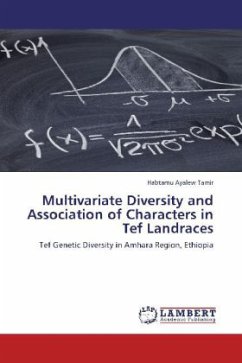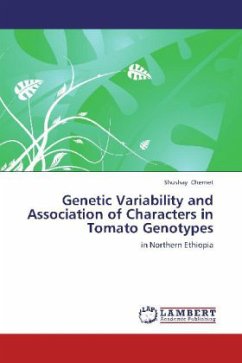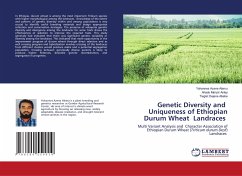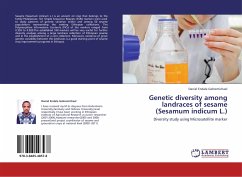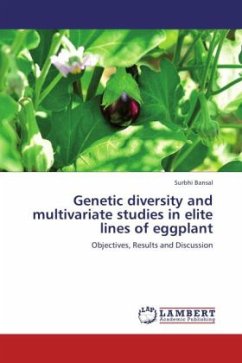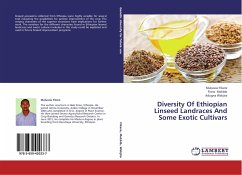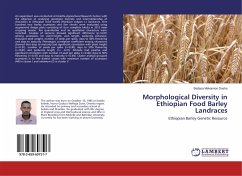Genetic improvement in crop plants is deemed to be effective only when there is a wider genetic base that serves as a stalk of alleles which scientists can select from. Characterization of the existing genetic variability is a prerequisite for further genetic improvement activities. For better understanding of diversity, various statistical methods are instrumental. This book was designed to illustrate genetic variability among 37 genotypes from five administrative zones in the Amhara region using univariate, bivariate and multivariate statistical techniques. As we go up the statistical complexity the amount of information we generate from our data increases. Through the use of principal component analysis traits that have greater loadings for the observed variation can be identified. Correlation and path analyses help to identify traits that are affecting traits of interest, like grain yield, either directly or in directly. Generally, analysis in this book is believed to be especially useful to professionals in the field of plant breeding and genetics, biodiversity conservation, and phylogenetic studies or anyone considering utilizing multivariate data analysis techniques.

